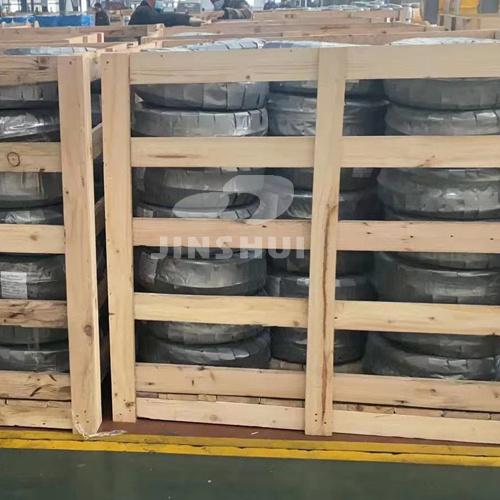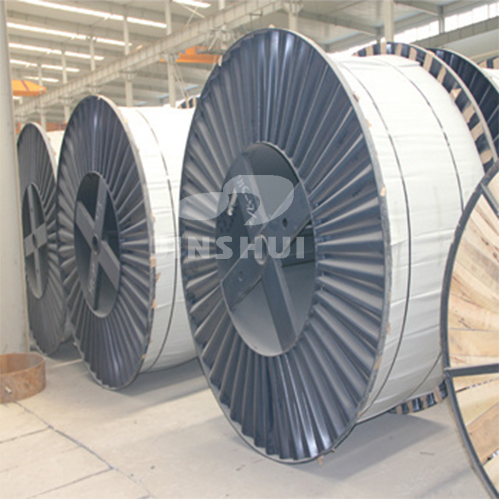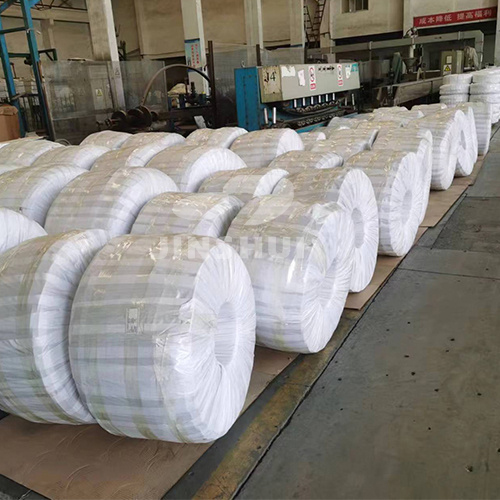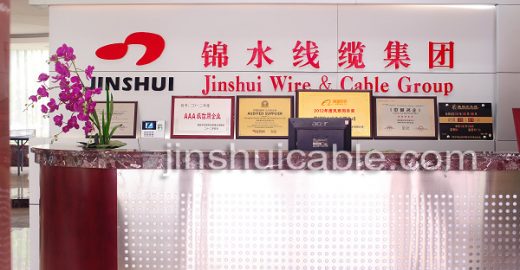Wires and cables used to transmit power and signals are widely used in various purposes and places. In order to avoid trouble and accidents, it is important to consider the location and purpose when selecting a model.
The packaging of cables requires the use of cable drums, which are available in various packaging methods such as iron drums, wooden drums, and iron-framed wooden drums. The way the cable is packaged depends on its type and usage scenario, it can be simple bundling packaging, or more complex reel packaging or artificial flexible packaging. Each type of packaging has its specific advantages and application areas.
This is one of the common packaging methods for large cables. Steel tape or hemp rope is usually used to bundle the outer layer of the cable, and the bundling points are filled with gaskets to avoid cable damage caused by excessive bundling. This packaging method is low-cost and suitable for short-distance and small-volume transportation, but it may not be strong enough and is susceptible to external impact and extrusion.

Place the cable on the wooden pallet and fix the cable with surrounding wooden strips or plastic packaging tape. The advantage of wooden pallet packaging is that it has good stability and is suitable for long-distance and large-volume transportation, but it is more expensive, not environmentally friendly enough, and takes up a lot of space.

This is a method of wrapping the cable on a hollow paper tube or plastic drum, which helps to reduce the cross-bending of the cable and has less impact on the mechanical properties of the cable. The reel packaging is easy to handle, facilitates storage and handling, and is less susceptible to damage to worn cable surfaces during transportation. Shaft tray packaging is one of the common packaging methods for overhead bare conductors.
Wire products can be packed in rolls and fixed with plastic film. Cable products are packaged in wooden trays or steel-wood trays, and the outer trays are covered with a layer of protective film or sealed with wooden boards.

For certain types of cables, such as rewound wires and cables, artificial flexible packaging is required. This includes choosing the right packing material and height, as well as making sure the cables are wrapped tightly and don't fall apart. Artificial flexible packaging also needs to contain the product’s certificate and test report, which should be packed in a sealed bag and fixed on the cable.
Get A Free Quote

The first phase of the 137th Canton Fair will officially open on April 15, 2025! Zhengzhou Jinshui Industrial Co., Ltd. mainly produces and exports wire…

The Benin account manager came to our company to discuss the business of ABC cable! Yemen brotherhood customers come to the company to exchange product…

Zhengzhou Jinshui Industrial Co., Ltd. wishes you a Merry Christmas!!
Submit Request
PDF Request